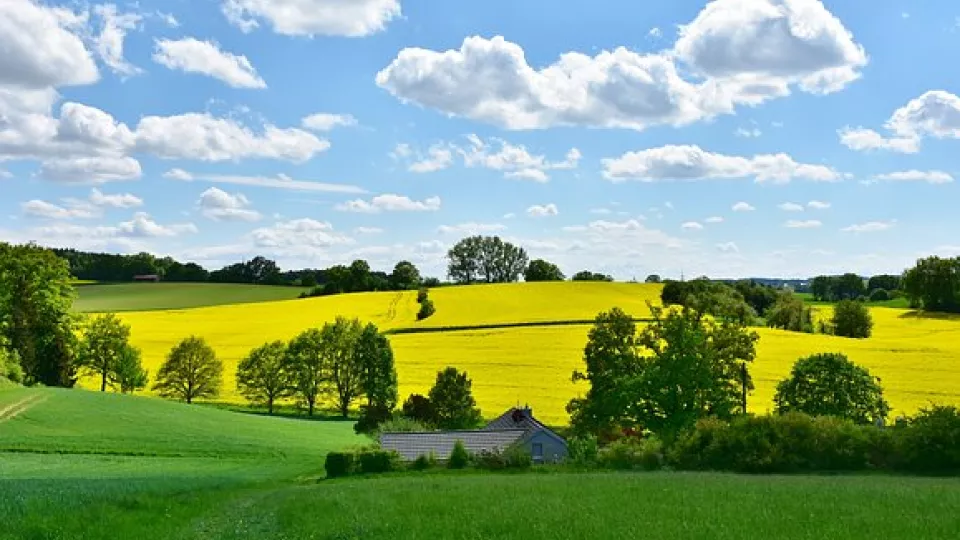The study investigated two so-called ecosystem services that are of great significance to our food production. They concern the pollination of crops and natural biological pest control and how both these two services are affected if there is a variety of species contributing to them.
The result, now published in the scientific journal Science Advances, demonstrates clear links: fields with higher biodiversity produce higher yields. This applies both in the case of several different pollinator species – which leads to better pollination – and when there are several different species of natural enemies of pests – which leads to a reduction in crop damage from pests.
The fact that the results were so emphatic is surprising, says Henrik Smith, professor of animal ecology and director of the Centre for Environmental and Climate Research (CEC) at Lund University.
“I was surprised that the impact of the number of different species was so strong. The results demonstrate the importance of maintaining biodiversity in the agricultural landscape, not just for the sake of the species themselves, but also to maintain ecosystem services that are important for agricultural production.”
The article highlights how the transformation of our agricultural landscape has resulted in the disappearance of natural habitats for organisms. When large fields have been prioritised at the expense of, for example, meadows and grazing land, this has led to a reduction in the diversity of pollinators and beneficial organisms. Consequently, the ecosystem services they provide are also negatively impacted, with reduced crop production as a result.
“The study therefore has a direct bearing on how we look after our agricultural landscape. By promoting biodiversity, increased pollination and natural pest prevention lead to increased crop production, or a reduction in the need for pesticides when we have increased natural pest control”, says Henrik Smith.
He is supported by Georg Andersson, a fellow researcher at CEC.
“These positive effects may become more significant in the future when other measures to improve harvests may become more expensive or less accessible. That is why we need a long-term perspective when it comes to species preservation”, he says.
Henrik Smith is now calling for more research to investigate how the results of the study can be transferred to different regions and cultivation systems.
“Ultimately, we hope this will provide inspiration for biodiversity to be seen as an integrated part of sustainable agriculture in the future.”
A total of 5 researchers from CEC and Lund University contributed to the study and two researchers from the Swedish University of Agricultural Sciences, SLU. In total, over one hundred researchers across the world contributed data from approximately 1500 agricultural fields – everything from coffee plantations in India and cornfields in the USA, to mango plantations in South Africa and canola fields in southern Sweden.
